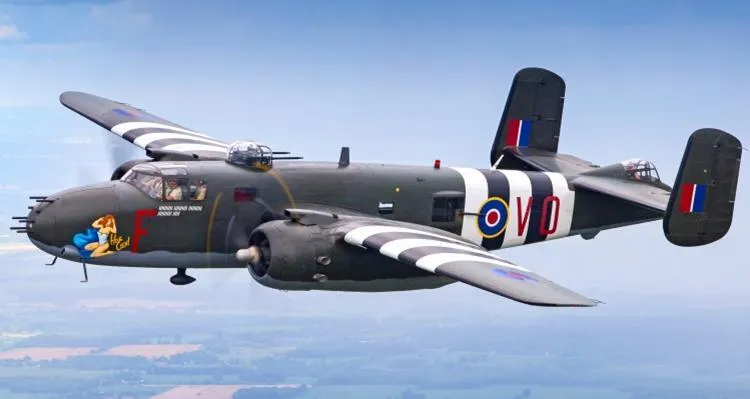Harold "˜Hal' Wills was a thirty-seven-year-old schoolteacher, with a wife and young daughter when WWII began; he was forty-one when it ended for him, on 28 Nov 43.
He was well beyond the maximum age for RCAF pilots (27) and for other aircrew (33), but his wish to serve saw him halt his study toward a degree and enroll in special courses in air navigation, astronomy and spherical trigonometry, resulting in his acceptance into the RCAF in May of 1941 to become a Navigator Instructor in the British Commonwealth Air Training Plan (BCATP). He graduated from No. 1 Air Navigation School for instructors with the rank of Flying Officer.
Harold was an extremely popular instructor at No. 1 Air Observer School (AOS) at Malton, ON and at NO. 4 AOS at London, ON where he was promoted to Flight Lieutenant and named a Senior Instructor. In September of 1943 he went on a special course at No. 31 Operational Training Unit (OTU) at Debert, NS flying on anti-submarine patrols in the Gulf of St. Lawrence and environs.
Three weeks later Harold was sent to Montreal for a delivery flight with Ferry Command to study transatlantic navigation. Weeks of training and preparation ended on 09 November and Harold was crewed up for the delivery of a B-25 Mitchell to the UK. The crew comprised:
- Lieutenant Erik Bertil Palm, Royal Norwegian Air Force (Pilot)
- Sergeant Eric Hanway Swanson, RAF (Co-pilot)
- Flight Lieutenant Harold Wills, RCAF (Navigator)
- Pilot Officer Gerald Raymond Styles, RCAF (Wireless Operator)
They flew from Mount Joli, QC to Goose Bay, Labrador on 18 Nov in Mitchell II serial no. FV990 (USAAF serial 42-87155) and were stranded there by weather until the 23rd when they flew to Bluie West-1 base in Greenland. November 27 saw the crew take off from Bluie West-1 for Reykjavik, Iceland; an hour after take-off Gerald Styles, the wireless operator, called for a routine radio signal position check.
Nothing further was heard from them. The RAF in Iceland initiated a search but no trace of the missing Mitchell or crew was ever found.
With info from 'Ocean Bridge' by Carl A. Christie




